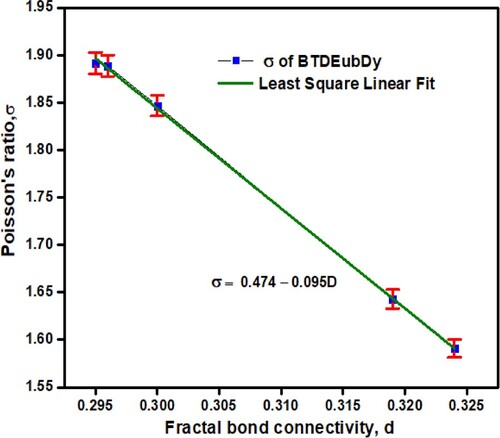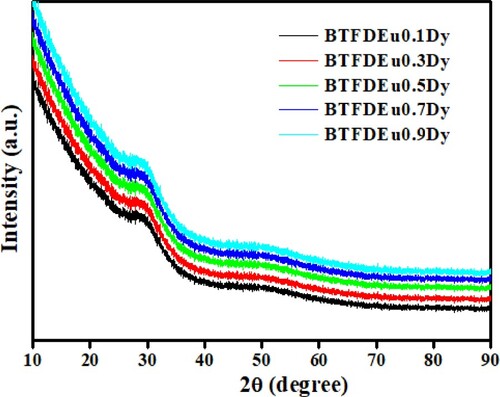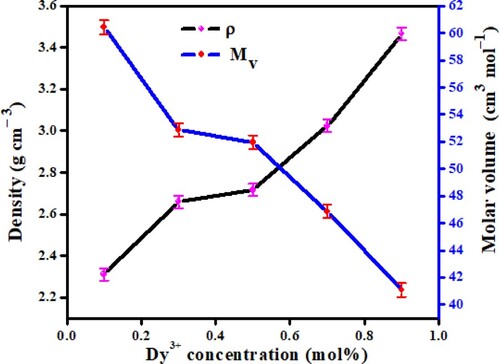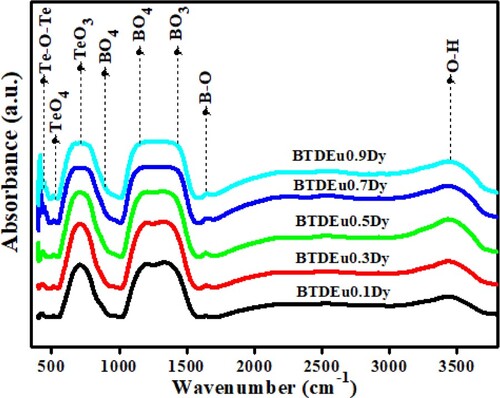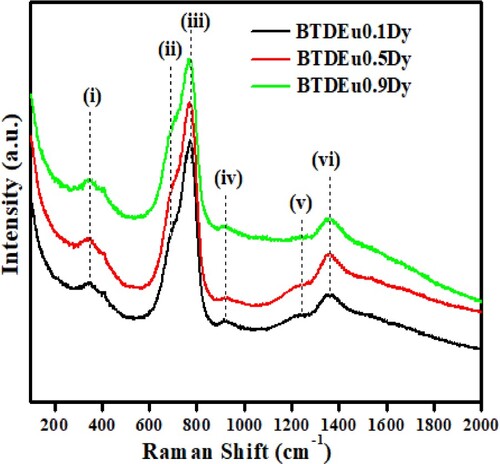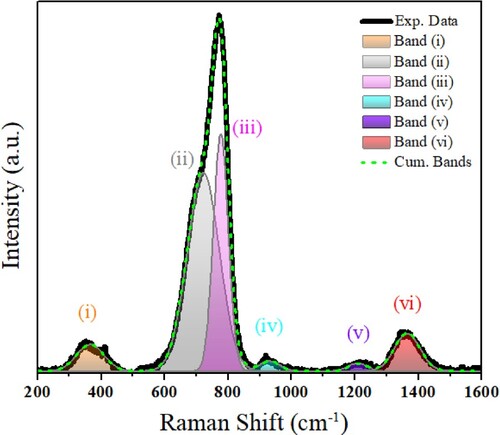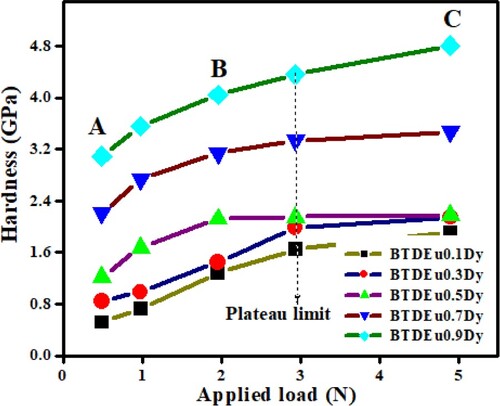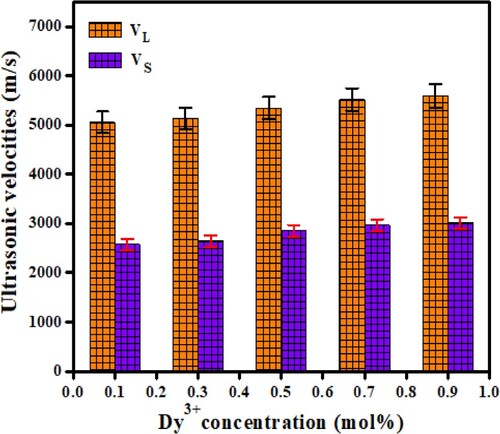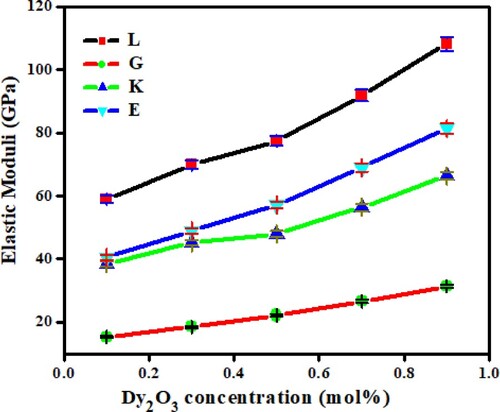Figures & data
Table 1. Glass code, compositions, density ( and molar volume (
) of the studied glasses.
Figure 2. (a) EDX spectra (Inset SEM image and weight percent table) and (b) EDX maps of BTDEu0.5Dy glass.
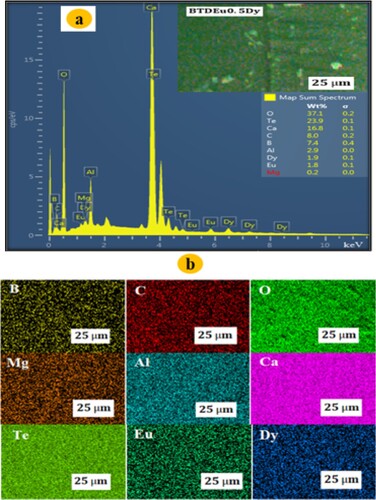
Table 2. Comparison of the obtained Raman peak positions and assignments with other studies.
Figure 6. Deconvoluted FTIR spectra of (a) BTDEu0.3Dy, (b) BTDEu0.5Dy and (c) BTDEu0.7Dy glass fitted to Gaussian-Lorentzian function.
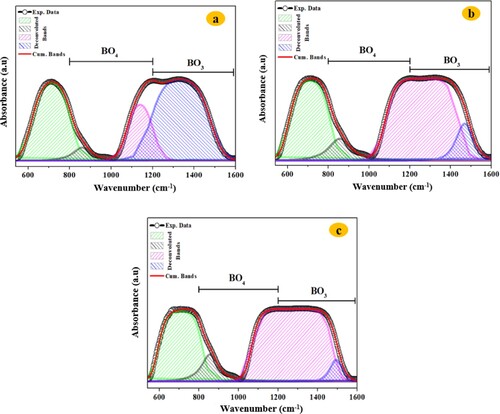
Table 3. Relative area of the deconvoluted FTIR and Raman bands alongside N4.
Figure 8. Dy ions contents dependent (a) TeO4 ratio and (b) N4 ratio of the studied glasses obtained from FTIR and Raman analysis.
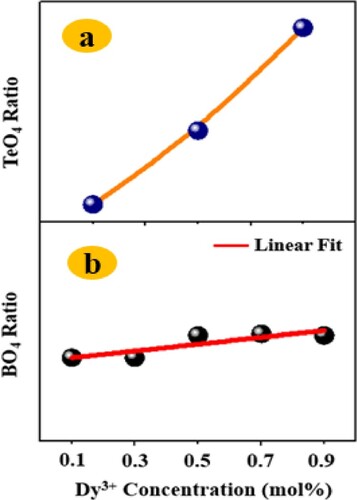
Table 4. Ultrasonic velocities, elastic modulus, Poisson ratio and fractal bond connectivity of the present glass system compared to other reported works.
Figure 12. Correlation between the fractal bond connectivity and Poisson’s ratio of the produced BTDEubDy glass system.
